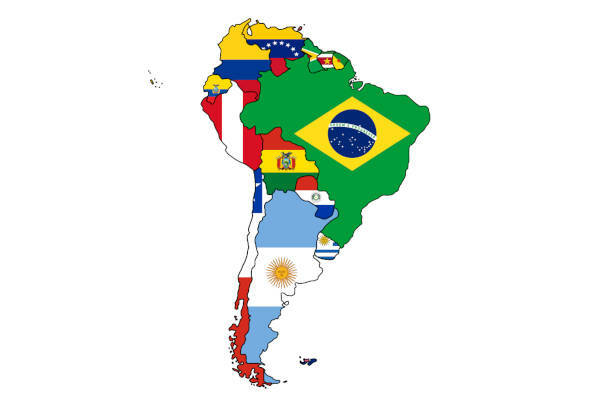Scandinavia is a geopolitical appellation that encompasses Norway, Sweden and Denmark.
Nordic countries is the name for Norway, Sweden, Denmark, Finland and Danish autonomous regions such as Greenland and the Faroe Islands, and the Finnish Åland Islands.
Scandinavian countries
The word Scandinavia has its origins in the Roman Empire, when the Romans believed that the lands situated to the north of then Germania were an island called Scania. In fact, it was the southern tip of Sweden.
From a geographical point of view, the Scandinavian countries are only Norway and Sweden that share the Scandinavian Peninsula.
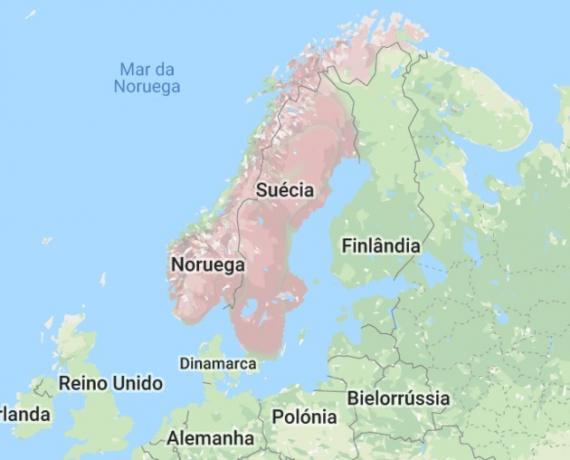
However, because of the common language, cultural heritage and history, Denmark is also included in this appellation.
For more than two centuries, from 1397 to 1523, the three countries came to form a single kingdom, called the Kalmar Union. However, Sweden broke this association, but Norway and Denmark continued together until 1814.
In turn, Sweden and Norway formed a personal union (two distinct kingdoms ruled by the same sovereign) from 1814 to 1905. Thus, in addition to the peninsula, the name Scandinavia went on to designate the three countries.
Vikings
The Scandinavian countries - Denmark, Sweden and Norway - were inhabited by the Vikings, which further reinforces the cultural and historical similarities.
Divided between clans and tribes, the Vikings built light and resistant boats to navigate the seas and lakes of their territories. In this way, they were expanding, they ended up invading the Roman territory and came to populate the current United Kingdom.
Despite the rivalries, the Vikings had similar customs and prayed to the same gods as Odin and Thor to seek favor and protection.
Nordic countries
The Nordic countries are Denmark, Finland, Iceland, Norway and Sweden which share traditions, history and geographical borders. Also included are the three autonomous regions that are part of the Kingdom of Denmark: Greenland, Åland Islands and Faroe Islands.
Therefore, the term "Nordic countries" is broader than "Scandinavian countries". Note on the map below which are the Scandinavian and Nordic countries and which are part of both groups:
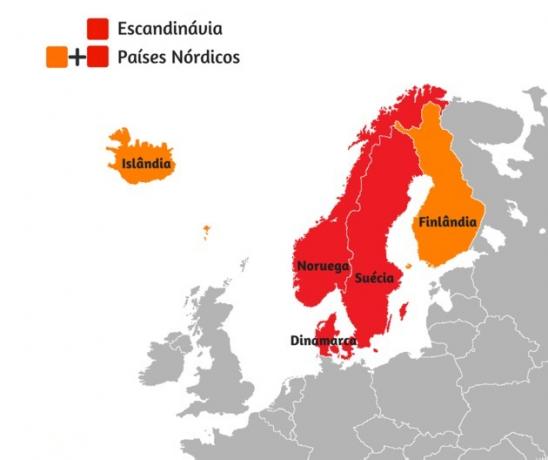
Similarities between the Nordic Countries
- They have the best rankings of Human Development Index (HDI) world as well as educational level;
- Due to its geographical proximity, the preservation and occupation in the Arctic are an important topic on the agenda of these countries;
- After three decades of applying policies to reduce gender inequality, the Nordic countries are among the most egalitarian in the world;
- The Protestant religion, in its Lutheran strand, is predominant in the region;
- All national flags carry a cross representing Christianity.
Let's look at some data in particular:
Denmark

- Official name: Kingdom of Denmark
- capital: Copenhagen
- Government Regime: parliamentary monarchy
- Head of state: Queen Margareth II, since 1972.
- Head of Government: Prime Minister Mette Frederiksen, since June 2019.
- Population: 5 627 235 inhabitants (2014)
- Coin: Danish Crown
Iceland
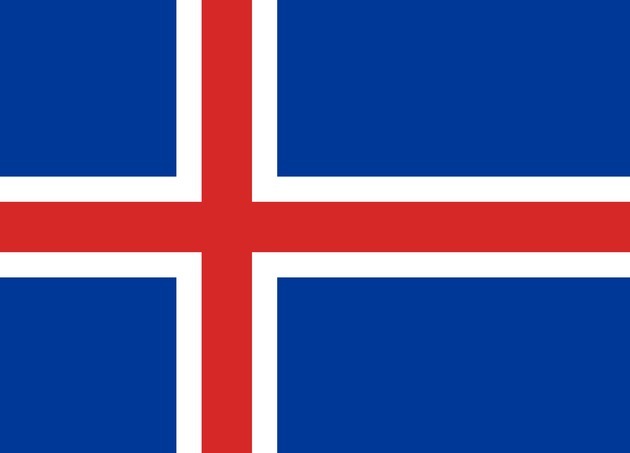
- Official name: Republic of Iceland
- capital: Reykjavik
- Government Regime: parliamentary republic
- Head of state: Guðni Thorlacius Jóhannesson, since 2016.
- Head of Government: Prime Minister Katrín Jakobsdóttir, since 2017.
- Population: 336 460 inhabitants (2018)
- Coin: icelandic crown
Finland
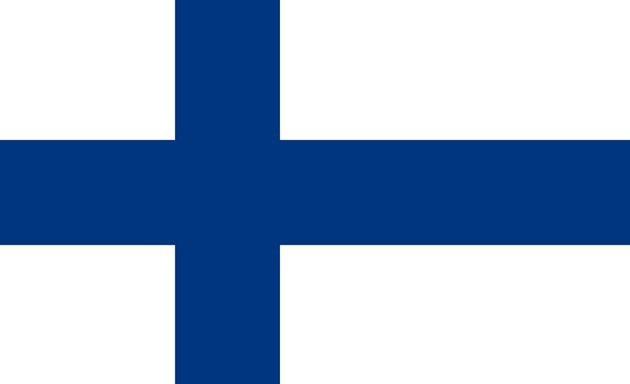
- Official name: Republic of Finland
- capital: Helsinki
- Government Regime: parliamentary republic
- Head of state: President Sauli Niinistö, since 2018.
- Head of Government: Prime Minister Sanna Marin, since December 2019.
- Population: 5 471 753 inhabitants (2017)
- Coin: Euro
Norway
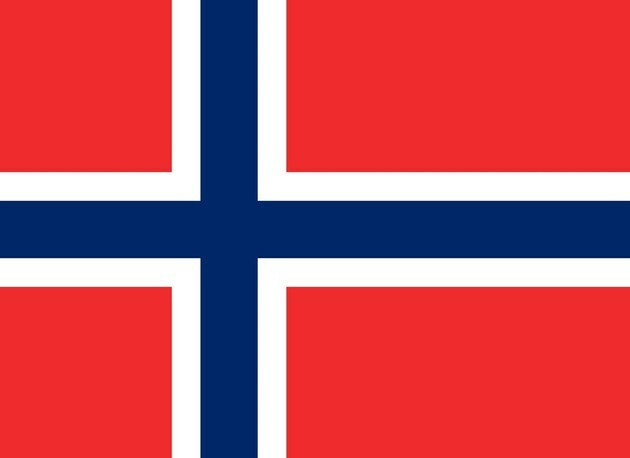
- Official name: Kingdom of Norway
- capital: Oslo
- Government Regime: parliamentary monarchy
- Head of state: King Harald V, since 1991.
- Head of Government: Prime Minister Erna Solberg, since 2013.
- Population: 5,295,600 inhabitants (2018)
- Coin: Norwegian krone
Sweden
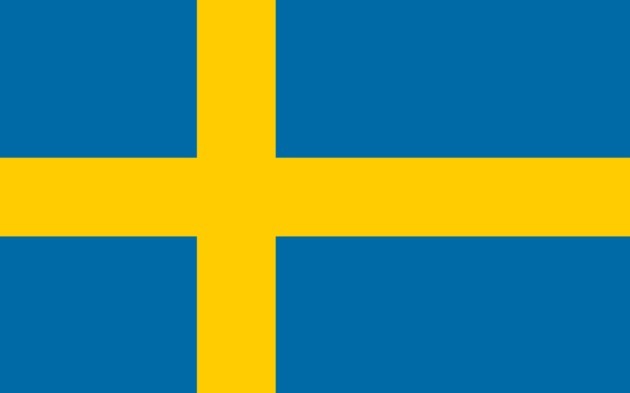
- Official name: Kingdom of Sweden
- capital: Stockholm
- Government Regime: parliamentary monarchy
- Head of state: King Charles XVI, since 1973.
- Head of Government: Prime Minister Stefan Löfven, 2014.
- Population: 10,000,000 inhabitants (2017)
- Coin: swedish crown
Nordic Council
In order to foster cooperation between the five countries, in 1952 the Nordic Council was created. It is made up of representatives from the parliaments of the member countries and the three Danish Autonomous Regions. Its objective is to advise governments on issues of education, justice and citizenship.
Since 1957, the free movement of people is allowed for citizens of member countries of the Nordic Council.
Likewise, the ministers of the different areas of government - education, health, energy, etc. - meet several times a year to discuss common themes.
Tourism in Scandinavia
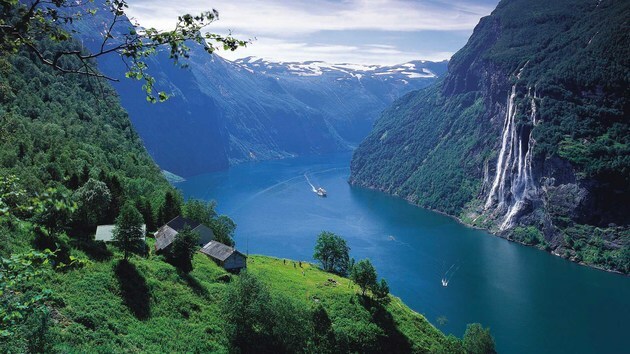
Scandinavia appeals to all types of travellers. From those looking for adventure to breathtaking landscapes, to those who prefer to enjoy the cultural life of cities.
Whether cruising through the fjords of Norway or visiting the Viking museums in Denmark, no one leaves the Nordic countries disappointed. Below are some tips for tourist programs:
Denmark
The capital Copenhagen concentrates several cultural points of interest such as the Amalienburg Palace, the Tivoli park and the Langelinie pier, ideal for taking the classic photo with the Little Mermaid statue.
Anyone wishing to delve into the culture of Viking warriors should visit the town of Roskilde and visit the Viking Ship Museum. Also, in the city of Aarhus is the Viking Museum.
Sweden
Sweden was the most powerful of the Scandinavian countries and this is reflected in the architectural wealth of its capital, Stockholm. Strolling through the old city center is like traveling back in time.
However, the country has beautiful surprises for hikers with breathtaking routes such as the Kungsleden, the royal path of Sweden and one of the most traveled routes in the world.
Norway
Norway got its big economic growth from oil, but tourism is also an important source of revenue. Oslo is considered the greenest city in Europe and therefore, free tours through its parks abound.
The city of Bergsen and its wooden churches, the beautiful fjords and, of course, the phenomenon of Northern Lights that can be observed in the north of the country.
Curiosities
- The original name of the region, Scania, ended up naming a Swedish heavy vehicle company.
- The Scandinavian countries differed on how to join the European Union: Norway is not part, while Sweden and Denmark are in the EU but have not adopted the euro.
- In Scandinavia, inhabits the only indigenous (native) tribe of Northern Europe, the Samis, in the region of Lapland. Although this is not an independent country, the territory is recognized as Sami land and has a parliament.
There are more texts on the subject for you:
- Nordic countries
- Norse mythology
- European countries
- Lutheranism
- Constitutional monarchy

